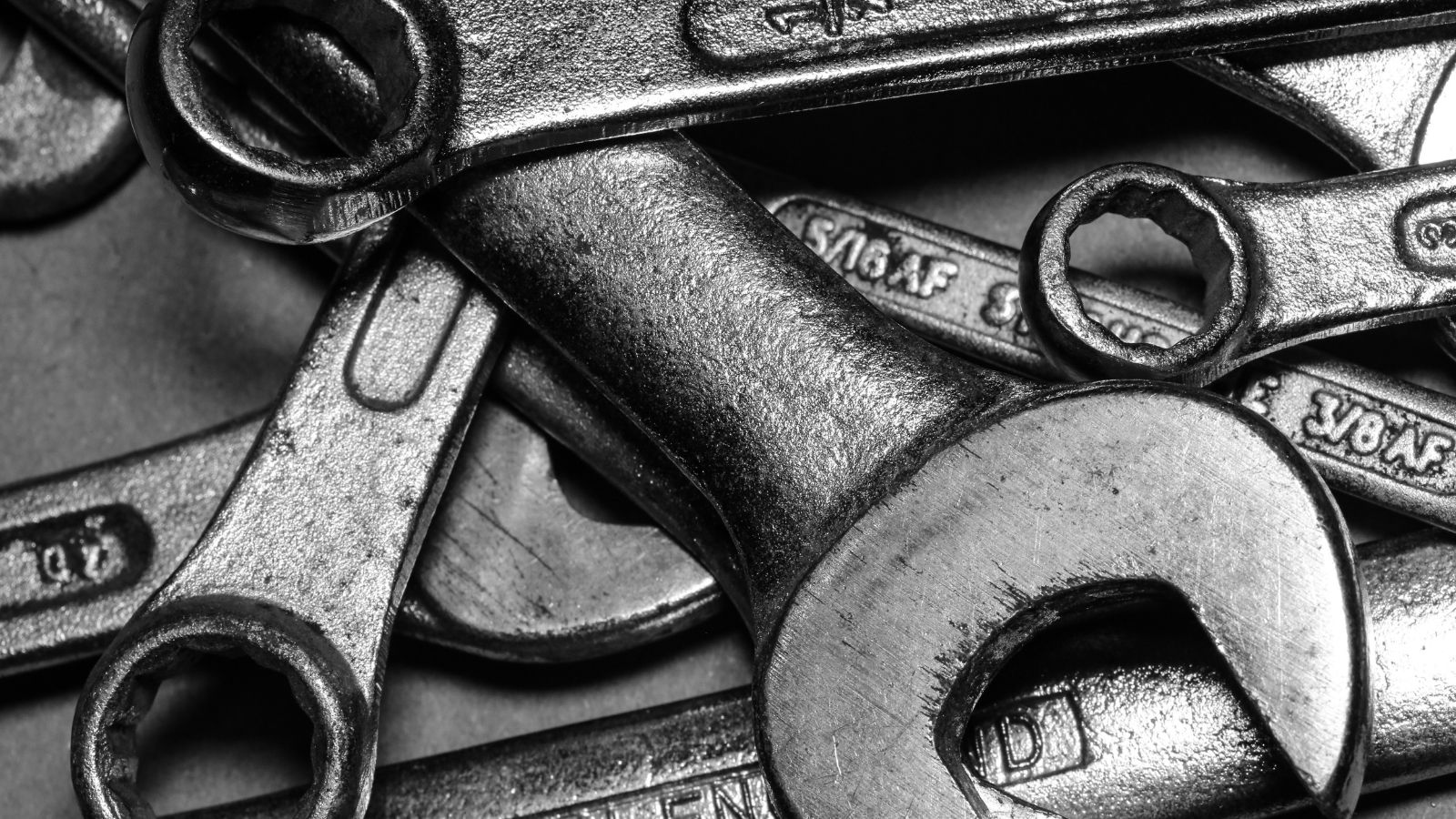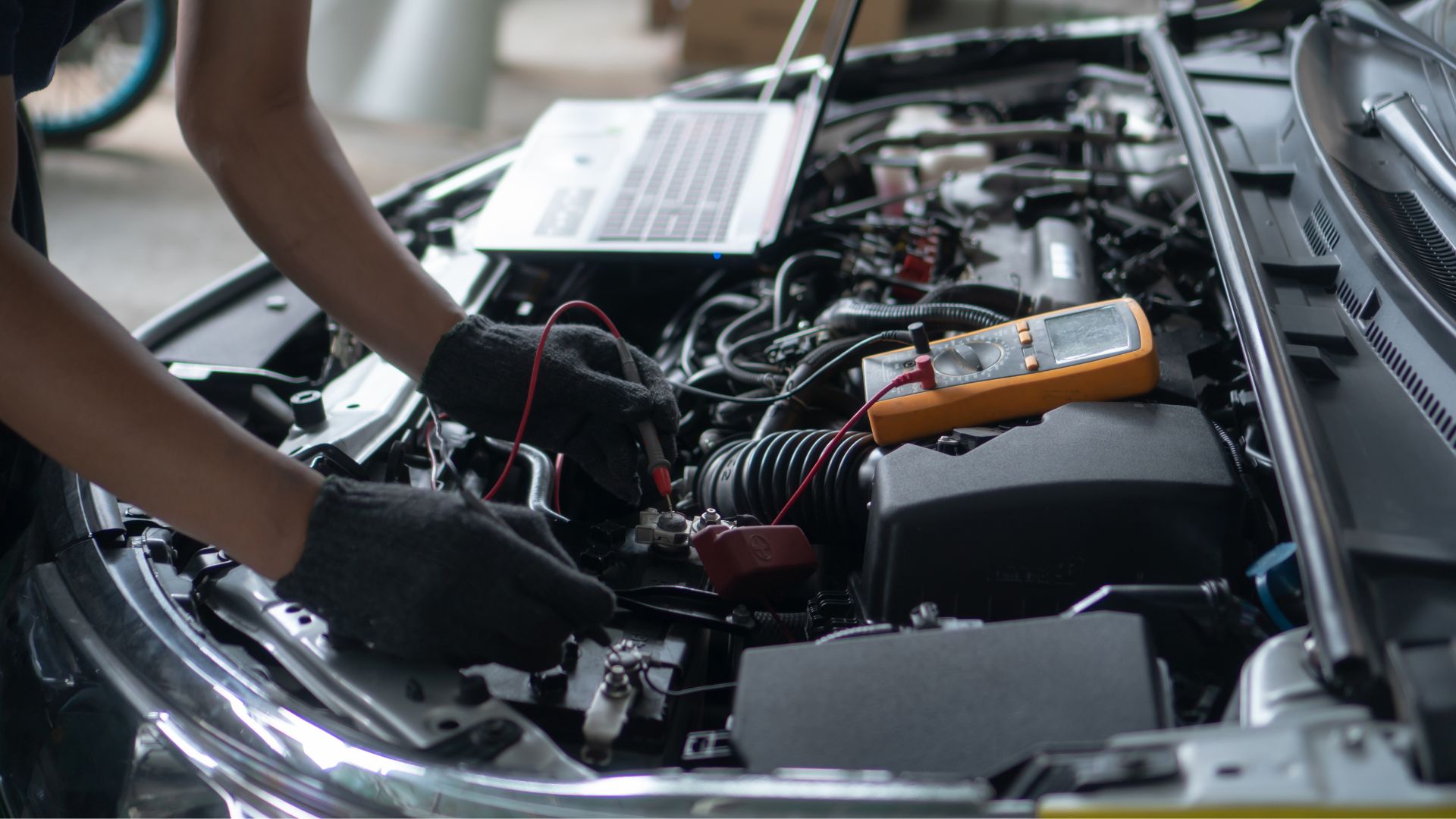In the bustling world of business operations, maintenance and repairs often take a backseat. Yet, they’re a cornerstone of smooth, efficient operations. This article dives into the critical role they play in an organisation’s success.
From extending equipment lifespan to ensuring workplace safety, maintenance and repairs are much more than a checkbox on a to-do list. They’re a strategic activity that, when done right, can drive significant operational efficiencies and cost savings.
Explain the Importance of Maintenance and Repairs as an Operations Activity.
Delving deeper into operations activities, maintenance and repairs play pivotal roles. These aspects warrant more attention than usually given due to their significant contribution to the overall success of an organisation.
The Definition of Maintenance and Repairs
In operational context, maintenance refers to systematic activities designed to prevent the occurrence of breakdowns and failures. It involves inspecting, testing, and correcting components that show signs of wear and tear to ensure continuous, uninterrupted operations. Key examples of maintenance activities include routine inspections, part replacements, adjustments, and calibrations.
Repairs, on the other hand, are reactive processes triggered by breakdowns and malfunctions in equipment. Primarily, it involves restoring equipment to its normal working condition after sudden or unexpected failure. Common repair tasks include troubleshooting, replacing defective parts, and fixing mechanical issues.
While both terms are often used interchangeably, there’s a pronounced difference. Maintenance is preventive, aimed at avoiding potential issues, while repairs are reactive, addressing problems as they emerge. In the grand scheme, however, an effective maintenance schedule can significantly reduce the need for repairs.
 The Role of Maintenance in Operational Efficiency
The Role of Maintenance in Operational Efficiency
In the realm of business operations, maintenance plays a vital role in boosting operational efficiency. This section draws the connection between maintenance and operational efficiency, focusing on how maintenance aids in minimising downtime, prolonging equipment life, and ensuring safety in the workplace.
Minimising Downtime
Reducing downtime ranks high on the list of maintenance benefits. Regular inspections and maintenance checks act as preventative measures, identifying potential weak points in equipment. Anomalies detected early presents the chance for timely repairs. This preemptive approach helps in avoiding unexpected breakdowns, consequently minimising production downtime. For instance, in a manufacturing unit, a routine check of a vital machine, like a conveyor belt, predicts any potential faults. Repairs or parts replacements happen in planned shutdowns, not disturbing the regular operational schedule.
Prolonging Equipment Life
Maintenance of machinery extends its operational life. Proper lubrication, tightening of loose parts, and timely replacements ensure the smooth running of machines. Regular servicing checks also help in detecting wear and tear in its early stages. For example, consider a vehicle used for goods delivery. Regular oil changes, brake checks, and tire rotations could keep the vehicle running efficiently for longer periods, reducing the need for premature replacement. Hence, maintenance contributes to capital savings in the long run.
 Types of Maintenance Strategies
Types of Maintenance Strategies
In the diverse field of operational management, various strategies tailor to unique maintenance needs. While every maintenance plan impacts equipment longevity, operational efficiencies and workplace safety as previously discussed, specifically, three main types garner attention: Preventive, Predictive, and Reactive maintenance.
Preventive Maintenance
Fundamental to the asset management strategy, preventive maintenance refers to regular, routine actions designed to preserve optimal functionality. These actions often hang on a pre-set schedule, completed regardless of the machine’s current state. As an example, regular car servicing, including oil changes and tire rotations, reflects a preventive maintenance practice. It inherently reduces sudden, unexpected breakdowns and stretches out the equipment’s life cycle, supplying capital savings in the long run.
Predictive Maintenance
Predicated on equipment condition and performance data interpretation, predictive maintenance forecasts potential issues, allowing for targeted repairs before total failure. It integrates data analysis tools to monitor machine operations, identifying any variances from the norm. For instance, a significant rise in vibration levels of industrial machines signifies a need for immediate intervention, thus preventing costly breakdowns. Consequently, it curtails unplanned downtime, solidifying operational efficiency.
